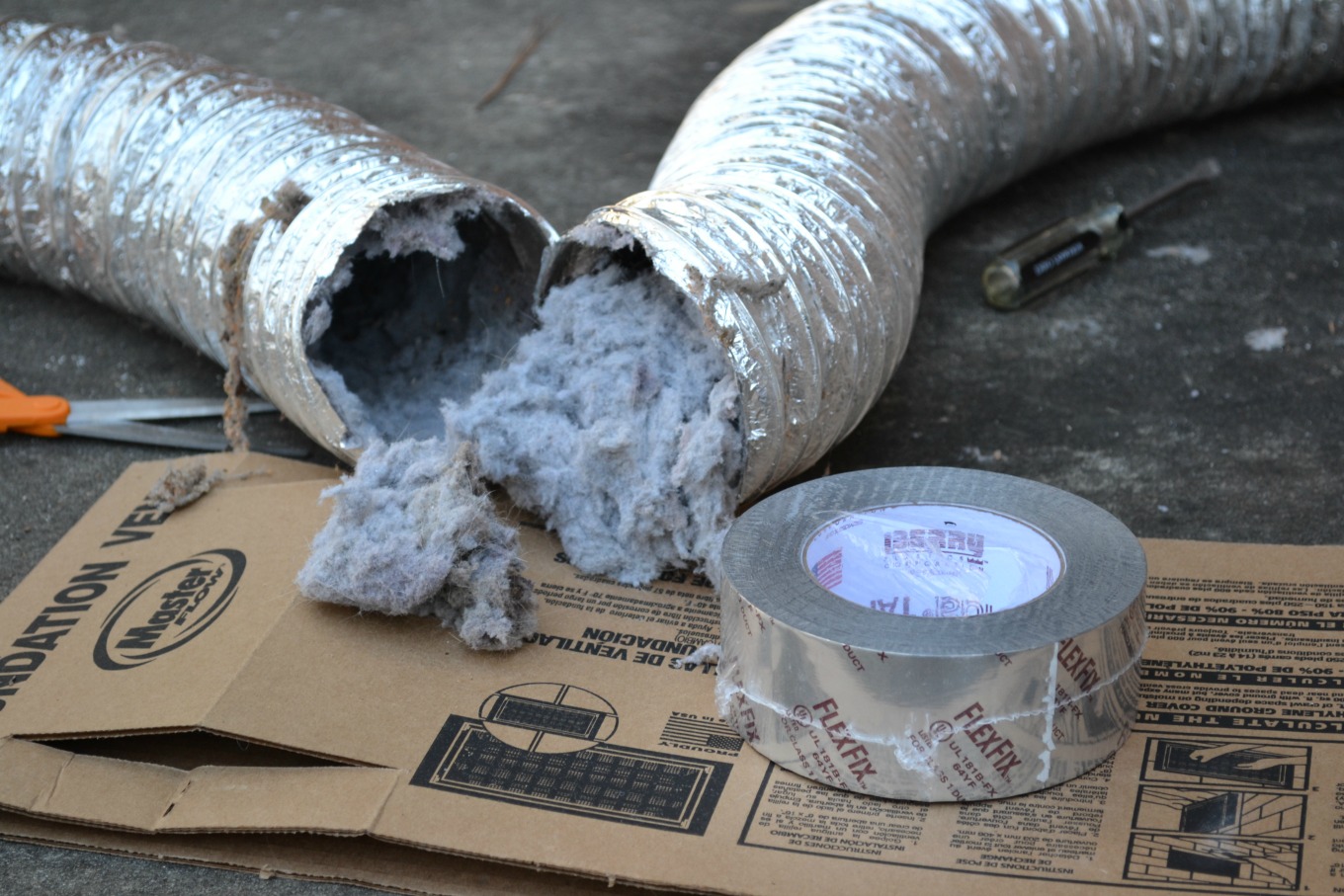When it comes to ensuring the proper venting of your dryer, one question often arises among homeowners: How far can you vent a dryer vertically? Recognizing the significance of safe and efficient dryer venting is crucial for both the performance of your appliance and the safety of your home.
There are several factors to consider when planning for vertical dryer venting. From understanding the ideal distances to ensuring compliance with building codes, this comprehensive guide will provide you with the knowledge needed to take on this task with confidence.

The Importance of Proper Dryer Venting
Proper dryer venting is critical for several reasons. It ensures that hot air and moisture from your tumble dryer are expelled safely and efficiently, reducing the risk of overheating or fire hazards. Additionally, effective venting prevents the build-up of lint, which can clog vents and reduce the efficiency of your dryer. For more on potential hazards caused by poor dryer venting, see our guide on indoor air quality issues.
What is a Vertical Dryer Vent?
A vertical dryer vent is an exhaust system designed to expel air from dryers in a primarily upward direction, as opposed to the more common horizontal configuration. This type of venting is often used in apartments or homes where space constraints limit the use of horizontal exhaust runs.
Factors Influencing Vertical Venting Distance
When determining how far you can vent a dryer vertically, several factors come into play, including:
- The power of the dryer: Different dryers vary in terms of how far they can push air up a vent. More powerful models can often accommodate longer vent distances.
- Bend or elbow use: Each bend or elbow in the vent decreases the vent’s efficiency, effectively reducing the maximum permissible distance.
- Vent diameter: Larger vent diameters can typically support longer vertical runs due to decreased airflow resistance.
- Material of the vent: The type of material used in the vent construction (e.g., metal vs. plastic) can also impact how far the dryer can vent vertically.
Building Codes and Standards
It’s important to remember that dryer venting is not just about efficacyit’s also governed by building codes and standards. Many regions have specific guidelines surrounding the maximum length of dryer vents, use of materials, and placement requirements.
If you’re unsure about code compliance, it’s best to consult with a professional. To learn about the importance of HVAC compliance, visit our common HVAC problems guide.
Steps to Successfully Vent a Dryer Vertically
1. Evaluating Dryer Power and Vent Requirements
Check your dryer’s manual for its capabilities in terms of venting distance and power. Most manuals provide guidelines on maximum vertical venting runs.
2. Planning the Vent Route
Outline the desired pathway for the vent, taking note of any obstacles or beams in the ceiling that may require additional elbows or turns.
3. Selecting the Right Materials
Choose materials that meet your venting needs and comply with local codes. Always opt for rigid metal ducts instead of flexible materials, which can easily trap lint.
4. Installing with Precision
Follow the plan, ensuring each joint is secure and all components meet the necessary codes. Consider hiring a professional for installation to guarantee efficacy and compliance.
For a detailed step-by-step on cleaning and maintaining your dryer vent to prevent issues, refer to this external guide.
Conclusion
Understanding how far you can vent a dryer vertically is essential for maintaining appliance efficiency while ensuring home safety. Through careful consideration of power, bend requirements, vent diameter, materials, and building codes, you can achieve satisfactory vertical venting. For further insights on maintaining home air quality, explore our article on air duct cleaning.

FAQ
1. What is the maximum recommended vertical vent length?
Typically, the maximum recommended length is around 35 feet, but this is reduced with each bend in the system.
2. Why might my dryer vent setup not be efficient?
Issues such as clogs, excessive bends, or improper material use can all reduce vent efficiency and safety. For more input, refer to our air duct cleaning guide.
3. How often should dryer vents be cleaned and inspected?
Experts recommend cleaning and inspecting dryer vents at least once a year to maintain efficiency and safety.






